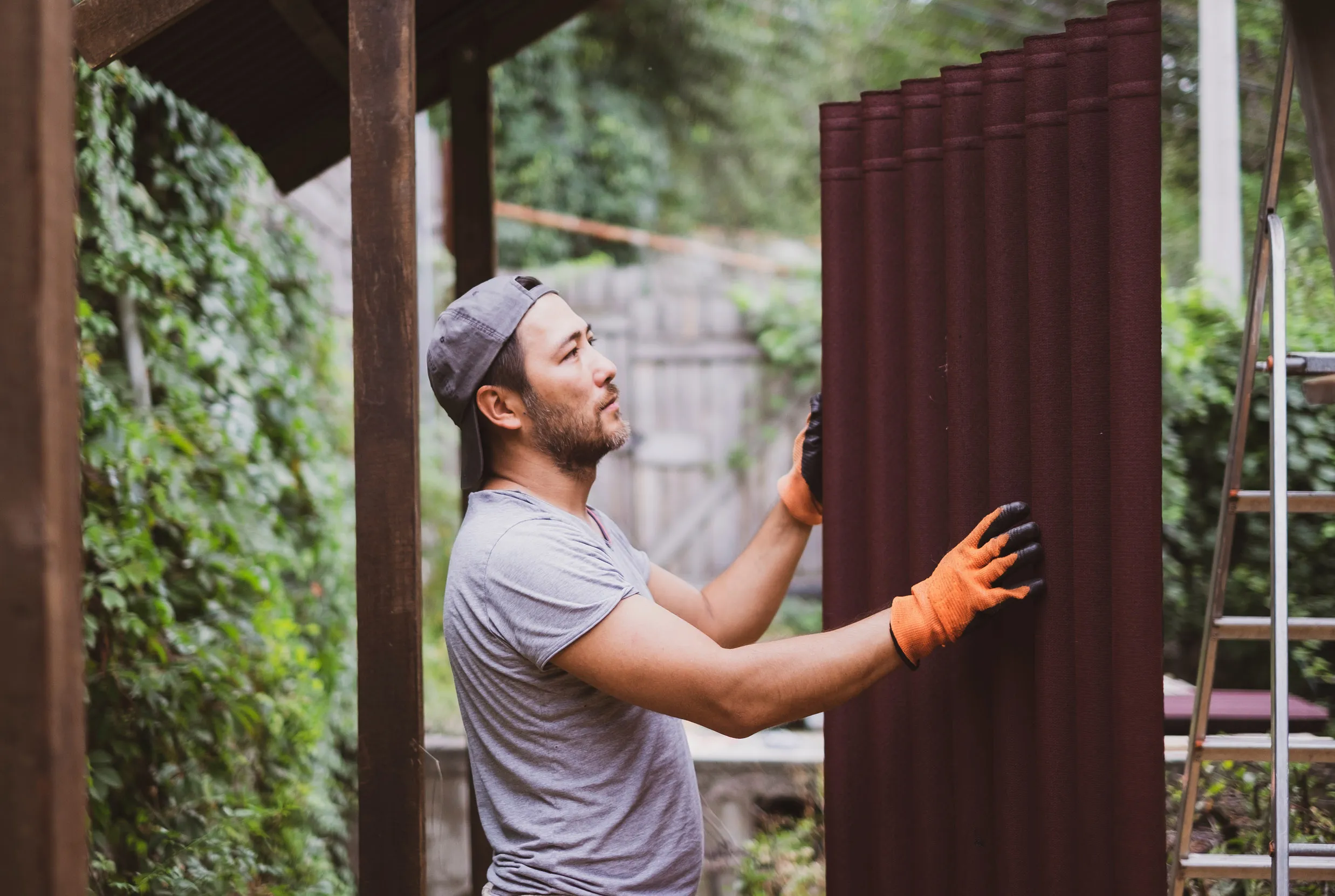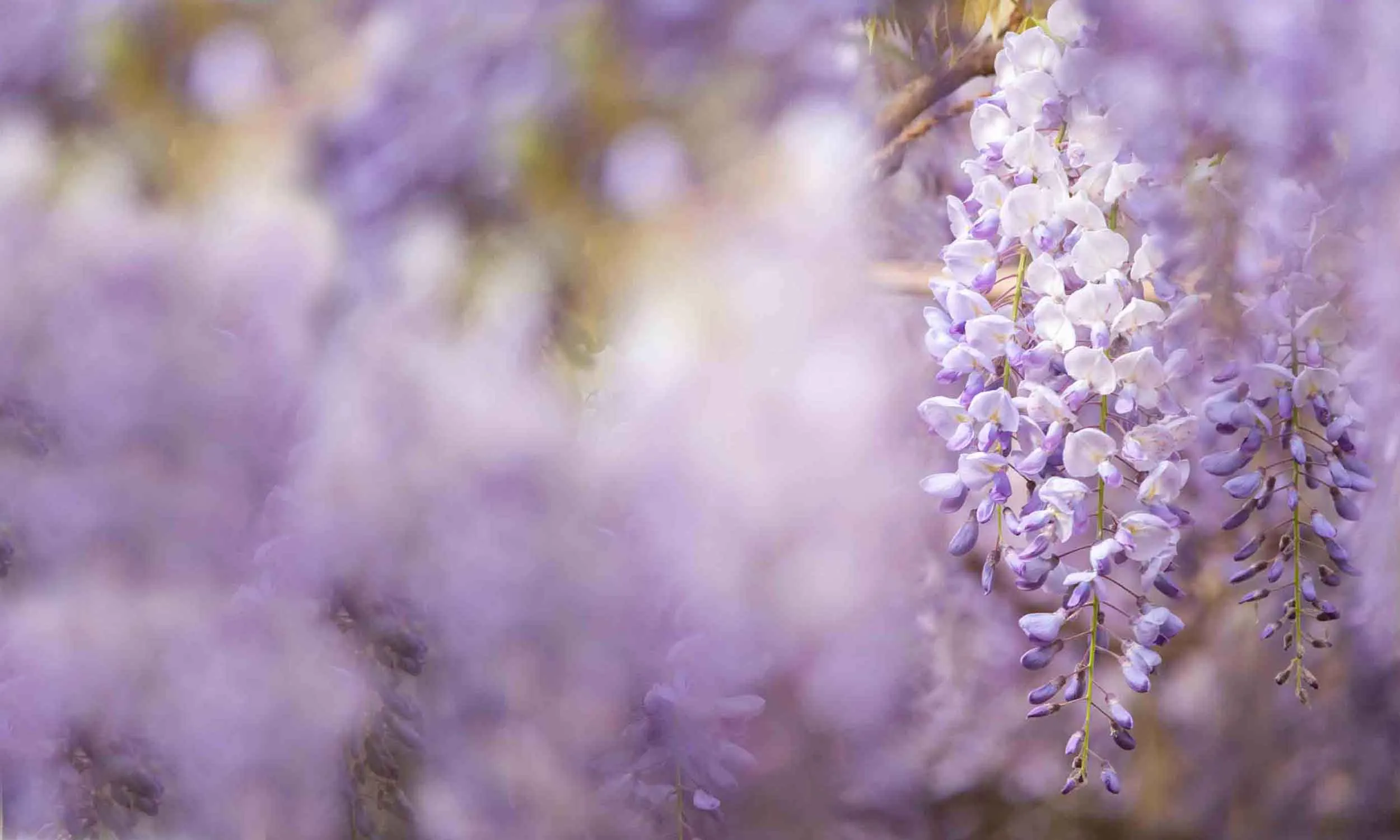
Plastic grass exists, but avoid it if possible. It is a nightmare for the environment, has no value to wildlife and is not as easy to maintain as you think. Grass was never meant to be hoovered.
Our garden expert Adrian Thomas has put together an easy guide to transform your green space regardless of how green your fingers are.

So you have an outside space – but you want a great outdoor space. One which is uniquely yours but one in which our wonderful wildlife love to hang out in as much as you do.
You’ve come to the right place. Our brilliant garden expert Adrian Thomas has put together a simple guide to make it easy for you to make your space fantastic regardless of how green your fingers are.
From the planning, to the digging, to the making, to the planting, this is your guide to getting the glorious outdoor space you – and your friendly local wildlife – deserves.
Adrian has split the guides into three parts;
Each section is summarised on this page; for more detail, click on the buttons below each section to download the PDFs for more in depth guides to get you going to gardening greatness.
First, a garden goal without a plan is just a wish. So, put the kettle on, settle down and ask yourself a few simple questions such as:
This is the time to make sure your outdoor space really does earn its keep. Do you want a seating area for alfresco dining? A children’s play area? Do you want a vegetable patch so you can grow more courgettes than you will ever know what to do with? Would you like a water feature, a big flowerbed, or a shed for storing all those courgettes? Also, think about your budget, and whether you're happy to DIY.
Forget what your neighbours think, this is your space, your rules. Be on the lookout for inspiration for what you want your outdoor space to look like and keep a Pinterest board or scrapbook full of ideas. The good news is that wildlife will happily hang out in any style of outdoor space if it is done with nature in mind.
Once you have some ideas, measure your plot. Include any existing features, like trees or a pond you want to keep. Then, if you can, get hold of some squared paper and try to draw a scale plan of your outdoor space – or use an app online.
It’s a good idea to take a lot of pictures of your outdoor space from different angles to help design the outdoor space. It will also show you how far you’ve come once it’s all complete!
Using the scale plan, plot on the features you would like to see. You can do this online too, or using tracing paper over the photos to give you different perspectives.
Okay, you have your plan, now let’s make it happen. First the basics - we’re talking paths and patios, laying lawns and bigger features such as greenhouses, sheds and summerhouses.
You may decide you need some help with some of these tasks – typical day rates for garden contractors are around £120-£180 and most jobs need two people.
With or without help, these bigger jobs can take time, so think of them as part of the journey towards garden greatness and go at a pace that suits you.
Your paths give you the framework for the rest of your outdoor space. How you make them depends on your style and your budget, check out the more in-depth guide for some ideas.
Ah the patio, a place to entertain, wine, dine and fall asleep… If the weather plays ball. They’re usually made of the same materials as paved paths or wooden decking but set on a deeper layer of hardcore. Make sure any wood comes from a sustainable source, such as those with an FSC logo.
Gravel is the real hero here – it is the cheaper option, better for your carbon footprint, allows rainfall to soak through and can be planted with low-growing herbs which smell divine.
Sheds for storage, summerhouses for sitting in or working from. Both need a firm, flat base to sit on and should be made from responsibly sourced timber. A greenhouse also needs a firm flat bases and prefers a sunny spot. You can get cheaper plastic grow houses for around £25, but the bigger glass ones can go up to thousands, unless you pick one up second-hand!
Once you have your paths, patios and bigger features in place it’s time to think about your grass and your greenery. But first you need to prep your soil by digging it over and adding topsoil, compost or well-rotted manure if it needs improving.
After a lawn for playing, dozing and picnicking on? The two choices are turf or seed – the latter is cheaper but takes longer to establish. For advice on how to lay turf – check out the more detailed guide.

Plastic grass exists, but avoid it if possible. It is a nightmare for the environment, has no value to wildlife and is not as easy to maintain as you think. Grass was never meant to be hoovered.
Now, things get exciting. A lot of the hard work and toil is done – let’s have some fun bringing your great outdoor space to life.
Trees are not just for big gardens, pick the right ones and they can bring height, shade and interest to almost any green space. Likewise, bushes bring shape and colour to your outdoor space while climbers are brilliant for covering fences and walls with colour. All three are winners for wildlife, offering food, shelter and nesting opportunities.
Here’s some more in-depth guidance on planting trees, best hedges and planting climbers.
For a blooming marvellous outdoor space, you need flowers. They are quick and simple to grow, add a riot of colour and butterflies and bees love them. The in-depth guide explains seven easy plants to grow and top choices for butterflies.
Whether it’s a bird bath or a large pond, adding water to your outdoor space is almost guaranteed to add garden greatness.
A bird bath encourages our feathered friends to come and have a bath in our backyard, which is great for them and often entertaining for us. You can add a small pond quite easily, even a sunken washing-up bowl with one or two aquatic plants will attract life. A bigger pond can become a real wildlife haven and a focal point for your outdoor space, with dragonflies, frogs, toads and newts just some of the creatures which may turn up.
Adrian’s handy hint: While there are risks with ponds for those who have younger children visiting, these can be mitigated by putting up an attractive picket fence around until they’re older.
Never gardened before? Here's our guide to the top tools for the job:


Our guide is full of ideas for welcoming nature into your outdoor space. Put a few of our tips into action and your garden will be buzzing with wildlife in no time.